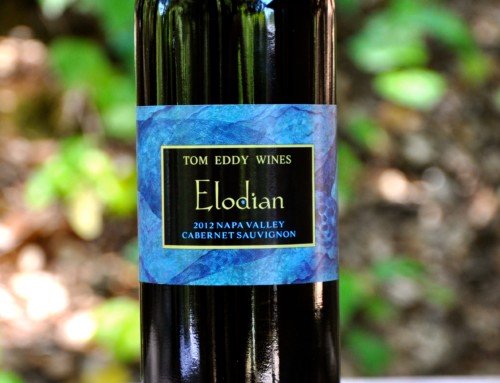When is a cluster not yet a cluster?
As springtime weather permeates the Napa Valley with consistent warmth and blankets the vineyards in daily sunshine, the vines react and begin to reveal early clues about their future grape crop. The steady warm weather coaxes the vine into producing an abundance of leaves while at the same time exposing its most precious asset, the flower cluster. But how does a flower cluster transform into a grape cluster?
At this early stage in the life of the flower cluster, the rachis (or structural component of the cluster) is dotted with hundreds of tiny green bee bee-sized spheres. Over time, the cells within these bee bees begin to differentiate into unique and essential components of the grape flower, including male and female reproductive organs necessary for pollination. Six to eight weeks after leafing begins, the development of these flower parts is complete and the flowers are ready to bloom. The creation of a grape flower is a delicate process influenced by many factors including plant nutrition and weather. Cold temperatures in spring will delay development, and rainy or cold weather can hinder the process by not allowing for proper pollination, often referred to as “shatter”.
Once the grape flower has developed and its reproductive organs have been properly exposed (I apologize for the near x-rated description, but it’s just biology!), pollination can occur. Without pollination, grapes would never develop on the vine so the whole global wine industry relies on this fragile process that occurs over only a handful of days). It is unclear what method the grape flowers use to become pollinated but it is believed that self-pollination is the most common process followed by wind and insects each playing a minor role. If temperatures drop below 60º F, pollination will be greatly reduced and if temperatures rise above 104º F, pollination will also be inhibited. Clearly the environment must be in the right “mood” for grapes to be created, so hopefully this year Mother Nature has turned on her version of Tom Jones or Barry White in the vineyards and makes the magic happen!




